Photo Essay: Measles, a Dangerous but Preventable Childhood Illness
November 16, 2023
Updated December 4, 2023
Summary
- Measles is one of the most contagious respiratory viruses that can cause disease anywhere people are unvaccinated or under-vaccinated. Measles is most dangerous for children under age 5. It can cause severe complications including pneumonia, blindness, and death.
- Measles can be prevented with two doses of vaccine, yet it still claimed an estimated 136,000 lives in 2022. Most were unvaccinated children.
- The global COVID-19 pandemic resulted in substantial setbacks for vaccine programs. In 2022, nearly 33 million children missed their measles vaccines, or received only one dose. Communities all over the world are at risk as measles outbreaks increase.
- These photos show how people’s lives around the world are affected by measles. CDC works with countries and partners to improve vaccine coverage worldwide, toward the goal of a world free from measles.

In Nigeria, this mother cradles her young daughter who is being treated for a severe measles infection that left her blind in her right eye. Physically weak and with skin blotted by scars, the little girl was among the 35% of Nigerian children who did not receive any vaccines during the pandemic. ©UNICEF/U.S.CDC/UN0671085/Owoicho
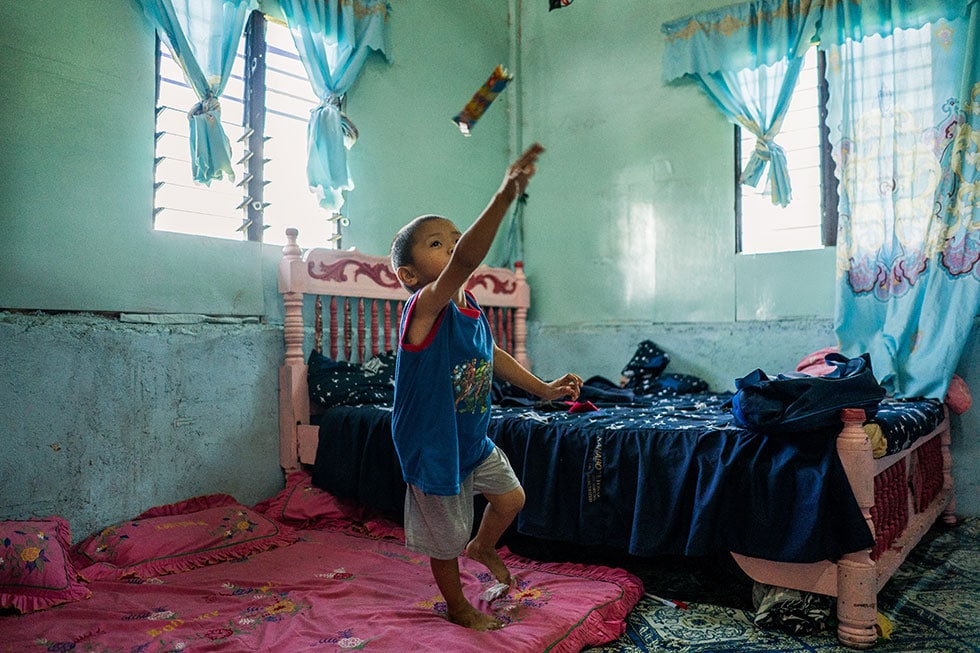
This young boy in the Philippines was isolated in the hospital for 10 days, with severe illness from measles. The family was displaced from their home in 2017 when conflict broke out, causing the child and his siblings to miss their scheduled vaccinations. ©UNICEF/U.S.CDC/UN0723220/San Diego
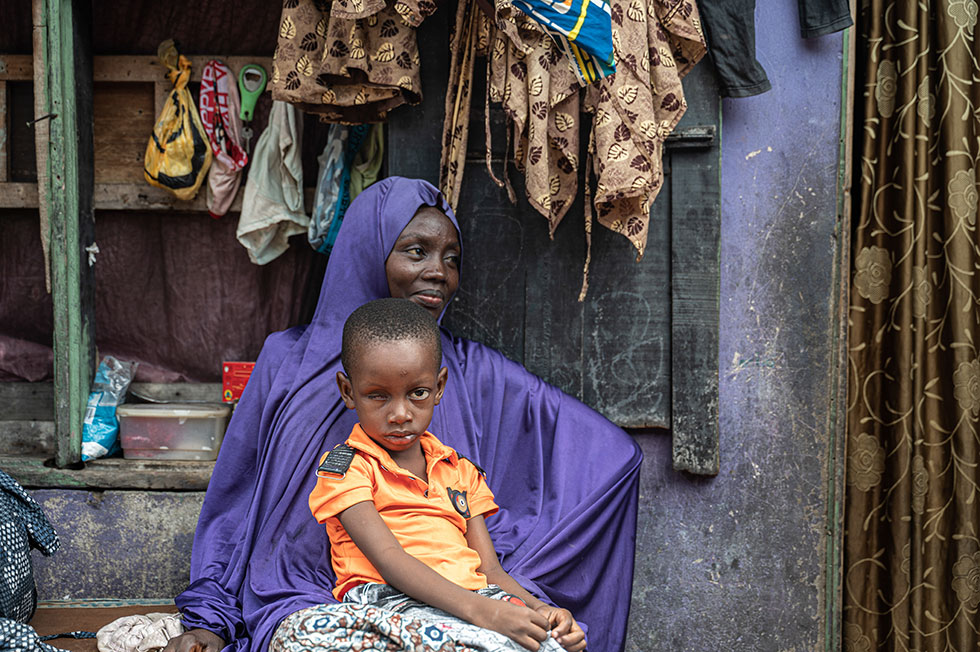
This young boy lost sight in his right eye when he was infected with measles during a measles outbreak in Nigeria. Sadly, he lost even more than that when his younger brother died from measles a few years before. “This was the disease that claimed his younger brother’s life,” his mother said. “(His) survival is a miracle because he lost the ability to talk or walk at the height of the infection. In fact, I thought he would also not make it back home from the hospital.” ©UNICEF/U.S.CDC/UN0671070/Owoicho
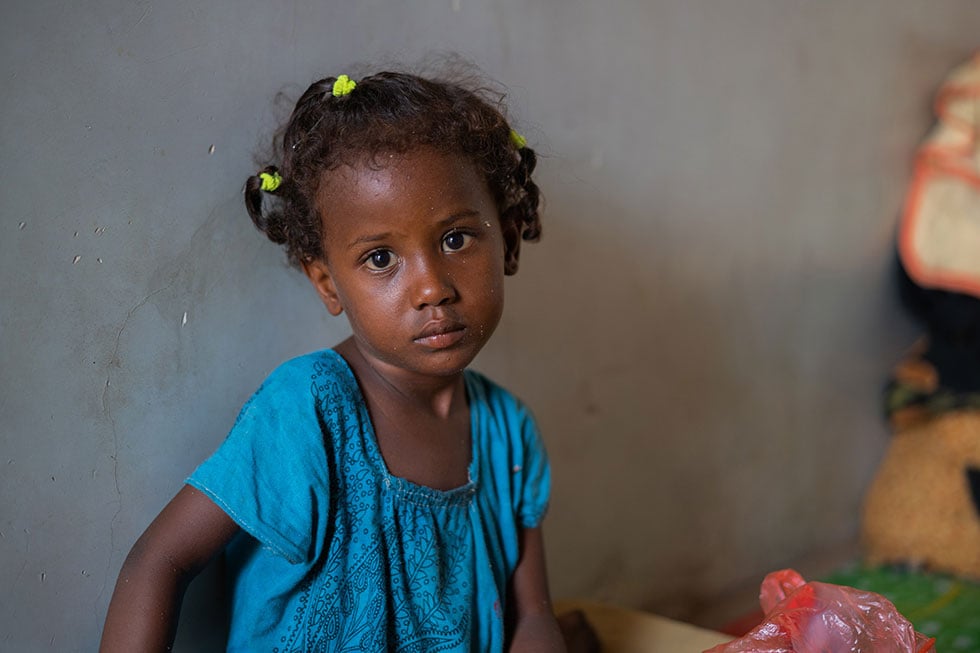
In Yemen, this little girl and her twin sister both had measles in 2022. While she survived, her sister did not. “When the measles hit the family, it was not visible in the beginning. My daughters were sick for two days with fever and joint pain,” said her father. The child’s twin got sicker and passed away while the family was on the way to the hospital. ©UNICEF/U.S.CDC/UN0684469/Hayyan
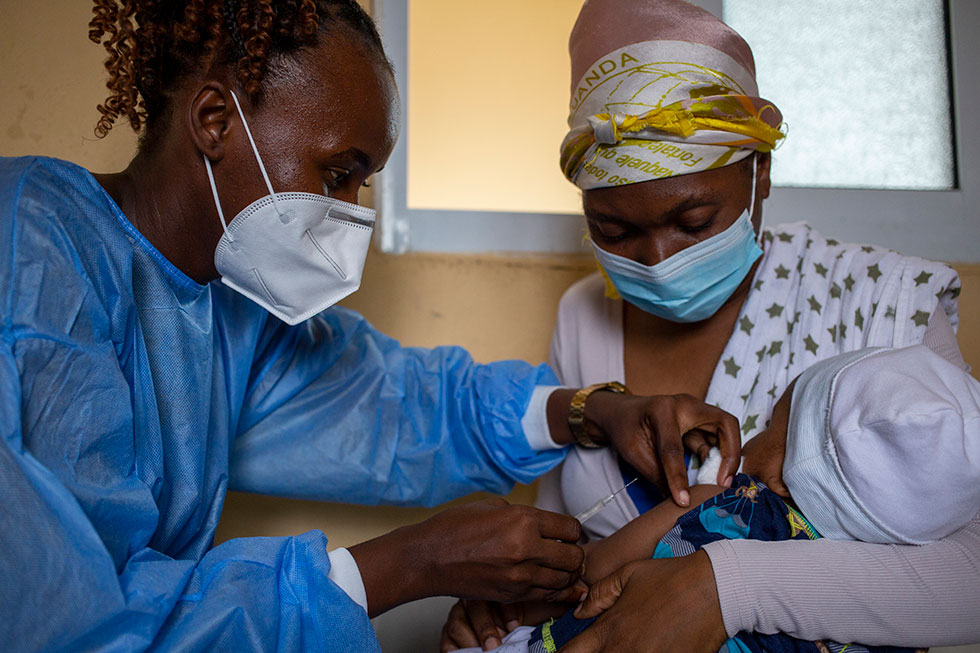
A mother in Angola holds her infant daughter while the child receives a dose of measles vaccine. Measles is so contagious that 9 out of 10 people who are not immune to measles will become infected after exposure to the virus. ©UNICEF/U.S.CDC/UN0828187/Prinsloo
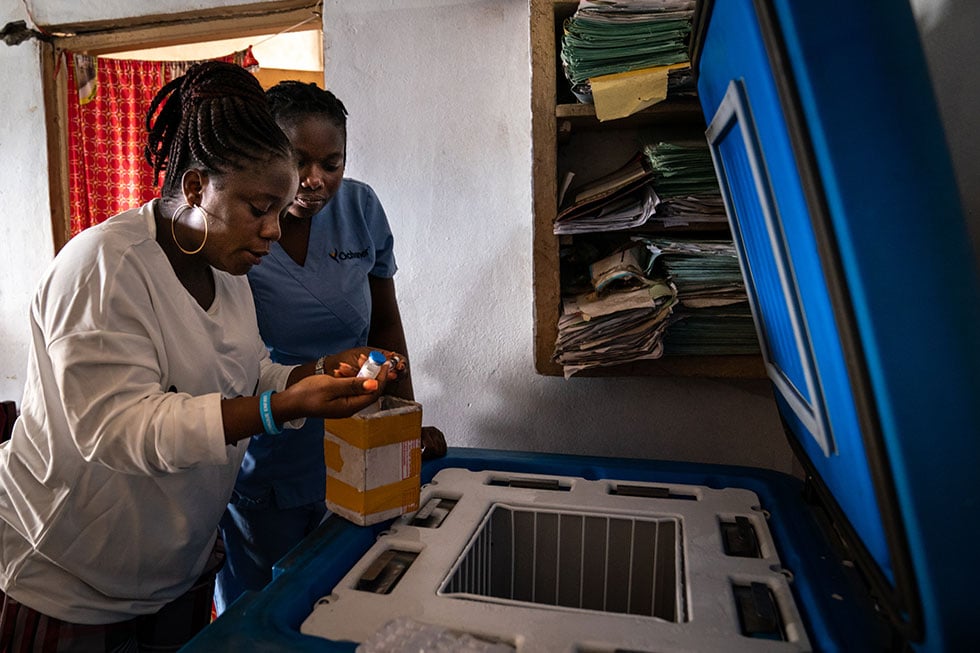
These health workers are checking vaccines in the storage refrigerator at a health center in Democratic Republic of the Congo (DRC). Cold chain storage is critical for maintaining the quality and effectiveness of measles vaccines. Over 332,000 people suffered from a measles surge in DRC in 2019 – the worst outbreak worldwide that year. Of the more than 6,200 measles-related deaths in DRC, about 85% were children under the age of five. ©UNICEF/U.S.CDC/ UN0670511/Alhindawi
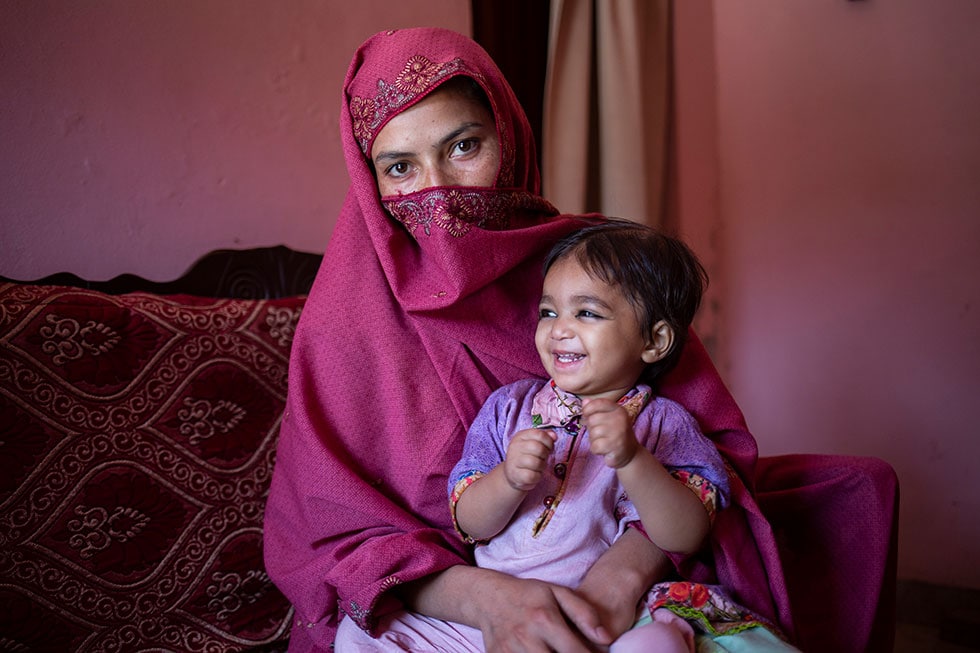
A mother in Pakistan brings her young daughter to get a second dose of measles vaccine along with other routine vaccines. As of August 2023, Pakistan is one of the countries with the most measles cases. CDC supports ongoing efforts to vaccinate children against measles and other vaccine-preventable diseases and strengthen national immunization programs. ©UNICEF/U.S.CDC/UNI416497/Bashir